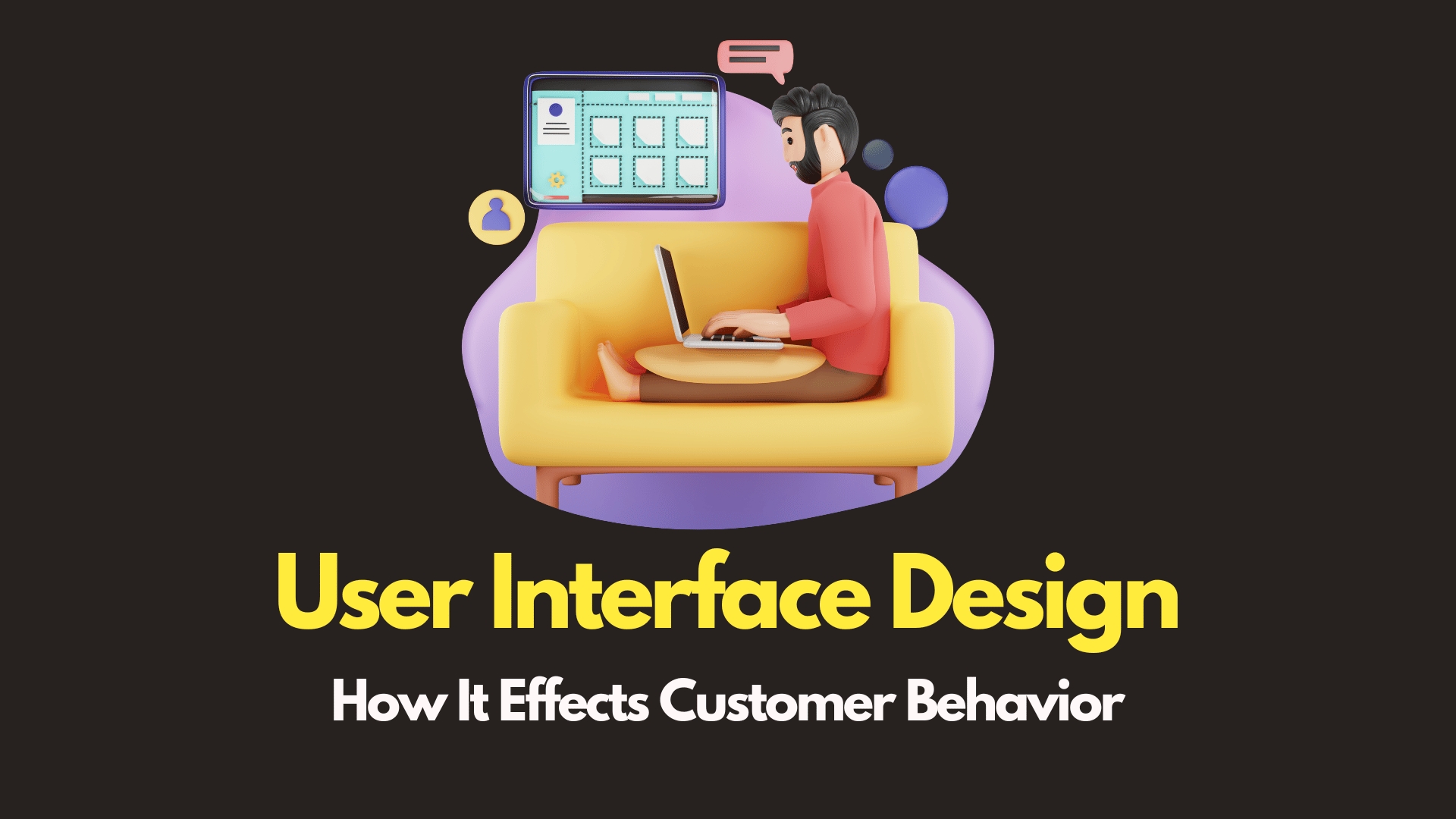Published
- 3 min read
The Psychology of User Interface Design

Key Takeaways
- UI design significantly impacts user behavior and decision-making.
- Understanding psychological principles can enhance the effectiveness of UI design.
- Gestalt principles and emotional design play crucial roles in user engagement.
- Design psychology aims to create interfaces that are intuitive and user-friendly.
- User psychology is key to improving the longevity and success of user interactions.
Understanding the intricate relationship between UI design and user behavior is essential for creating digital products that not only attract attention but also encourage the desired actions from users. In this article, we delve into how the principles of design psychology, emotional design, and user psychology contribute to shaping user behavior and decision-making processes.
The Psychological Underpinnings of UI Design
The field of design psychology provides valuable insights into how users interact with technology. By considering human cognitive psychology and perceptual characteristics, designers can create interfaces that align with the natural human-computer interaction (HCI). This approach not only enhances usability but also fosters a more enjoyable and efficient experience for the user.
Gestalt Principles in Action
Gestalt psychology principles, such as similarity, proximity, and closure, guide designers in creating perceptual groups that users intuitively understand. When UI elements are grouped effectively, users can navigate the interface more easily and make decisions faster, improving overall user satisfaction.
Emotional Design: Connecting on a Deeper Level
A product that evokes positive emotions can lead to a deeper connection between the user and the product. By employing heuristic evaluation and focusing on the emotional aspects of design, products can become more than just tools; they can elicit feelings of attachment and loyalty, influencing user behavior and decision-making.
Intuitive Interfaces: The Key to User-Friendly Design
An intuitive UI is one that users can navigate without having to think too much. This is achieved by designing interfaces that are in line with human action and perception, making the interaction as natural and as straightforward as possible.
Practical Implications for UI Design
To create a UI that influences user behavior in a positive way, designers must consider several factors:
- User-Friendly Navigation: Ensuring that the interface is easy to understand and efficient to use is paramount. This can be achieved through cognitive walkthroughs and testing with tools like Maze to assess the usability of design prototypes.
- Emotional Attraction: Design elements should be crafted to attract human emotions, fostering a bond between the user and the product.
- Longevity in Interaction: By applying the best psychological practices, designers can create UIs that keep users engaged over time, leading to better retention and satisfaction.
The Role of UI in Business, Health, and Marketing
The impact of UI design extends across various sectors, from business to health and wellness, and plays a significant role in marketing. A well-designed UI can lead to improved consumer loyalty, better brand perception, and can even influence the effectiveness of digital marketing strategies.
Case Studies in UI Design
- Consumer Psychology in the Digital Age: The UI of e-commerce platforms can influence consumer decision-making by leveraging psychological triggers such as scarcity and urgency.
- Health and Wellness Applications: In the realm of health and wellness, UI design can help create applications that promote mindfulness and relaxation, as seen in the use of alpha waves for enhanced study sessions.
Conclusion
In conclusion, UI design is a powerful tool that can significantly influence user behavior and decision-making. By applying the principles of design psychology, emotional design, and user psychology, designers can create interfaces that not only meet the functional needs of users but also connect with them on a deeper emotional level, ultimately driving engagement and loyalty.